Legacy of mesoamerica exam 2- colonial regime
1/40
There's no tags or description
Looks like no tags are added yet.
Name | Mastery | Learn | Test | Matching | Spaced |
|---|
No study sessions yet.
41 Terms
The Council of the Indies
The structure of Colonial Government
• The Spanish Crown
• The Council of the Indies
• 2 viceroyalties: New Spain and Peru
• Within each viceroyalty, there were multiple audencias:
Guadelajara
Mexico
Yucatan
Guatemala (included Chiapas)
New Granada
• Within viceroyalties, provinces (provincias) were ruled by governors
• Within provincias, corregidores and alcaldes mayores ruled towns
• Towns also had cabildos, or town councils
• Inspectors periodically conducted visitas (inspections) for the Crown

chronology
Chronology
• The Colonial Period (AD 1521-1821)
Early encounters (AD 1492-1519)
The Spanish conquest of Tenochtitlan (AD 1519-1521)
Early Colonial Period (AD 1519-1590)
Late Colonial Period (AD 1590-1821)
• The Liberal Century (AD 1821-1910)
The Viceroyalties of New Spain and Peru
• 2 viceroyalties: New Spain and Peru
• Within each viceroyalty, there were multiple audencias:
Guadelajara
Mexico
Yucatan
Guatemala (included Chiapas)
New Granada
• Within viceroyalties, provinces (provincias) were ruled by governors
• Within provincias, corregidores and alcaldes mayores ruled towns
• Towns also had cabildos, or town councils
• Inspectors periodically conducted visitas (inspections) for the Crown
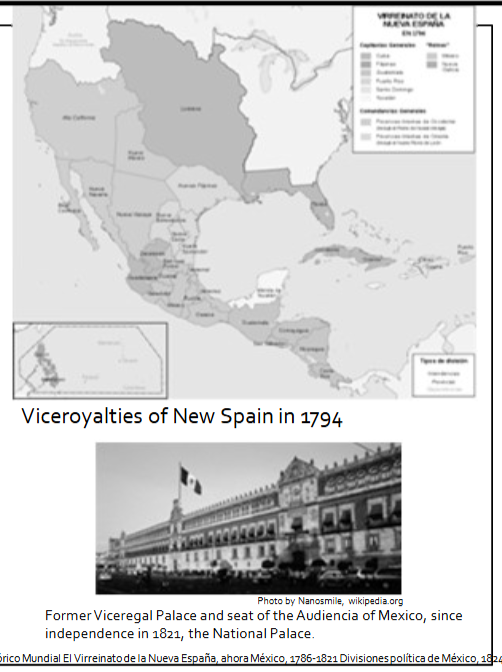
Audencias
• Within each viceroyalty, there were multiple audencias:
Guadelajara
Mexico
Yucatan
Guatemala (included Chiapas)
New Granada
• Within viceroyalties, provinces (provincias) were ruled by governors
• Within provincias, corregidores and alcaldes mayores ruled towns
• Towns also had cabildos, or town councils
• Inspectors periodically conducted visitas (inspections) for the Crown
Provincias (provinces)
• Within viceroyalties, provinces (provincias) were ruled by governors
• Within provincias, corregidores and alcaldes mayores ruled towns
• Towns also had cabildos, or town councils
• Inspectors periodically conducted visitas (inspections) for the Crown
Corregidores
• Within provincias, corregidores and alcaldes mayores ruled towns
Alcaldes mayores
• Within provincias, corregidores and alcaldes mayores ruled towns
Cabildos (town councils)
Towns also had cabildos, or town councils
Visitas (inspections by Crown officials)
Inspectors periodically conducted visitas (inspections) for the
Crown
Castas
Colonial society and racism
New diseases in the Americas
New diseases decimated
Indigenous populations
• Smallpox
• Measles
• Typhoid fever
• Bubonic plague (Black Death)
• Yellow fever
• Malaria
• Influenza
• Many of these diseases were transmitted by a new species of mosquito
Aedes aegypti
Native to Africa
Spread throughout the Americas by European sailors emptying and refilling water barrels from transoceanic voyages
Now they also spread Zika, Dengue and Chinkungunya
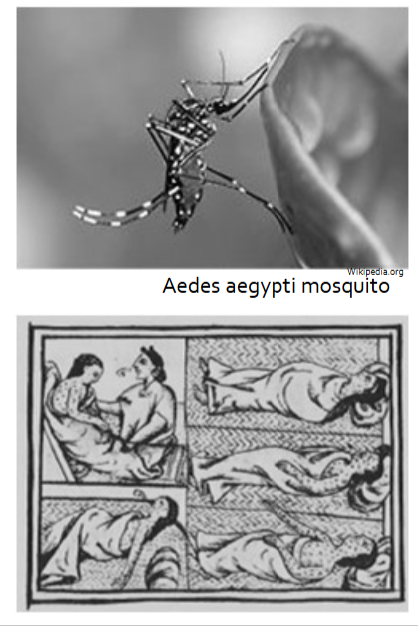
Aedes aegypti mosquito
• Many of these diseases were transmitted by a new species of mosquito
Aedes aegypti
Native to Africa
Spread throughout the Americas by European sailors emptying and refilling water barrels from transoceanic voyages
Now they also spread Zika, Dengue and Chinkungunya
Demographic collapse in Central Mexico
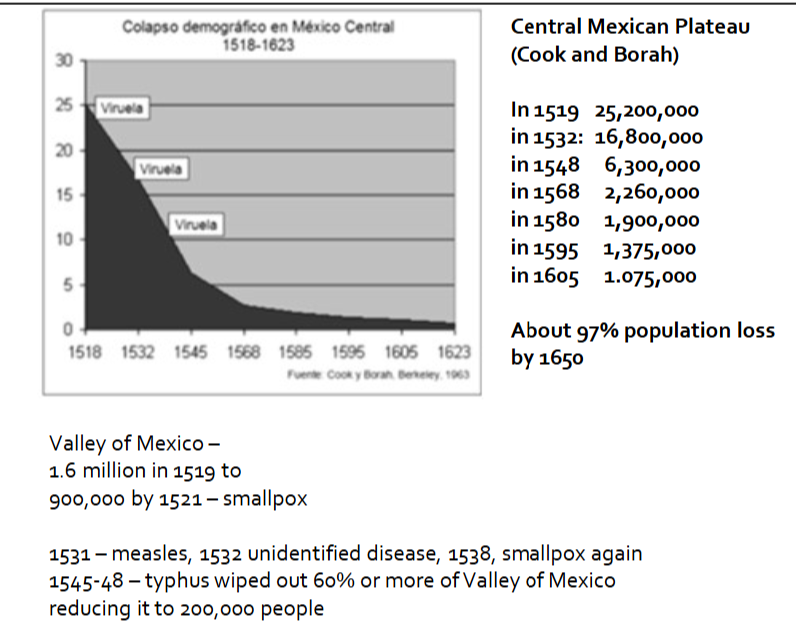
The Encomienda system
• Members of Spanish conquistador armies were rewarded with “Encomienda” grants
Recipients were called “Encomenderos”
• Tribute and labor formerly paid to local rulers is now paid to Spaniards
• Encomenderos were responsible for seeing to the religious instruction of “their” native people.
Forced conversion to Catholicism
• Forced resettlement program
Dispossessed Maya families of traditional lands
Resettled them in a new town centered on a Catholic mission
Encomenderos
• Members of Spanish conquistador armies were rewarded with “Encomienda” grants
Recipients were called “Encomenderos”
Forced resettlement program
encomienda system
• Forced resettlement program
Dispossessed Maya families of traditional lands
Resettled them in a new town centered on a Catholic mission
Slavery in the Americas 1
• Slavery was present in Mesoamerica prior to Spanish colonization
Slaves could earn their own profits, and in some cases, buy their way out.
Spanish slavery was chattel slavery; slaves were considered property, for life, and could be tortured and killed.
• Although Isabella outlawed slavery of Indigenous people, an illegal slave trade flourished
Outlawed again under the New Laws of 1542
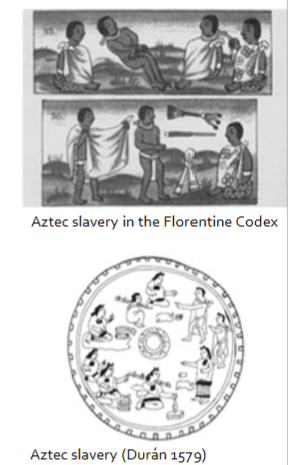
Slavery in the Americas II
• Enslaved Africans were brought over from West Africa
Hundreds of thousands of Africans were brought to the Americas as slaves
This was mostly because of the death of so many Indigenous people through disease, and Spanish demand for human labor
Most slavery was concentrated in sugar plantations in the Caribbean and the Pacific coast
Slavery also extended to silver mining and other areas as Indigenous peoples suffered from disease
2.5 million people in modern Mexico claim Afro-Mexican heritage
The New Laws
• Although Isabella outlawed slavery of Indigenous people, an illegal slave trade flourished
Outlawed again under the New Laws of 1542
Colonial society
• Spaniards brought many prejudices against Jews and Muslims with them
to New Spain, and applied them in a new cultural context
• Castas—ethnic castes that defined rights and opportunities
• Peninsular Spaniard—had the most privileges and status
• Creole—Spanish ancestry, but born in New Spain, so of lower status
• Mestizo—person of mixed Spanish and Indigenous descent
• Mulatto—person of mixed Spanish and African descent
• Sambaigo (Zambo)—person of mixed Indigenous and African descent
• Free African—had citizen status
• Indian—had some legal rights, including land ownership
African slave—had no legal rights
**Many of these terms are highly problematic if used today
**It is important to understand how the terms were used in the context of Colonial history, and how racism and caste structure affected (and continues to affect) peoples lives
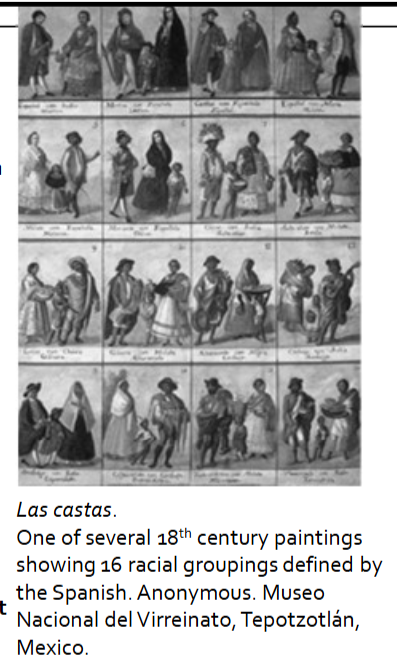
The Repartimiento System
• Replaced the encomienda system after the New Laws of 1542
• A conquistador, or later a Spanish settler, official, or even clergy, would be given and supervised a number of Indigenous workers
Agricultural labor
Building and road construction
Gold and silver mines
Coastal shipyards
• All adult males from Indigenous communities had to participate
• Adult women could be forced to spin and weave
• Officially, the system was not supposed to interfere with Indigenous community survival, and was supposed to be 3-4 weeks per year
• Indigenous people were horrifically abused under the system
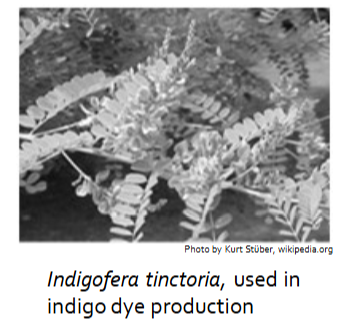
Economic changes under the Repartimiento system
• Through encomienda/repartimiento labor, Indigenous peoples were enmeshed in the global economy
Local plants such as tobacco, cochineal, indigo, and cacao became valuable cash crops
By the 17th century, henequen was also a cash crop—ropes for ships
Sugarcane was imported from Africa from Spanish colonies in the Canary Islands; became a cash crop
• Corn, beans, squash, tomatoes, chili peppers and chocolate were exported to Europe
• European iron tools became widely used
• European crops were introduced, such as wheat, fruits and vegetables
• European animals were introduced, such as dogs, chickens, oxen, horses, goats, sheep and pig
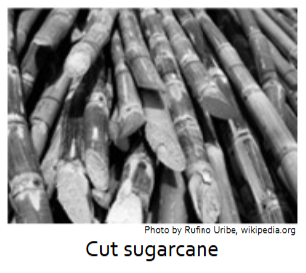
Corruption of Alcaldes mayors
More abuses
• Alcaldes mayores were also very corrupt
• Involuntary sales of trade goods
Alcaldes mayores became the sole suppliers of imported commodities to Indigenous people, who were forced to by them at highly inflated prices
Wax, iron, bolts of cloth, hats, wool, mats
• Forced Indigenous people to produce commercial commodities
Cochineal, cacao, tobacco, indigo
• Repartimiento labor—agricultural labor, spinning raw cotton, mining
Indigenous people in Colonial cities
• In highland Chiapas and Guatemala, Spanish cities were founded in major valleys
Ciudad Real (San Cristobal de las Casas)
San Cristobal de los Llanos (Comitan)
Antigua, Guatemala
Guatemala City
• Bulls-eye design
Spanish encomenderos and clergy in the center
“Mexican” barrios (re-settled warriors) in the middle
Local Indigenous groups on the outskirts
• Cities functioned as mercantile and religious centers
Cathedral, Monastery, Barrio Churches
• Indigenous people in cities faced discrimination
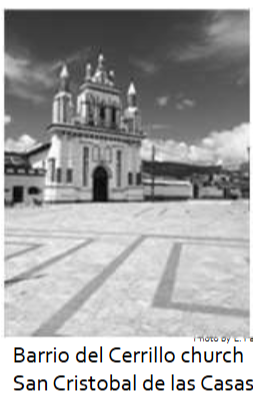
Life in indigenous communities in the Early Colonial Period
• Many members of the Indigenous nobility retained some rank and privileges, as long as they cooperated with the Spanish
“Caciques”
• Individuals and families were defined by their affiliation with particular towns
Communal land ownership
If they ran away, they could lose all land rights
• Some Indigenous people practiced polygamy
Heavily opposed by the Church
• Heavy use of the Spanish courts and legal system
The debate over Indigenous rights
• Initial Spanish conquistadors treated many Indigenous peoples as slaves—e.g. Columbus
• Isabella declared that Indigenous peoples were citizens of the Spanish Crown, with corresponding legal rights
However, an illegal slave trade continued
Trade in enslaved Africans was widespread in the Caribbean islands, as well as coastal plantation areas
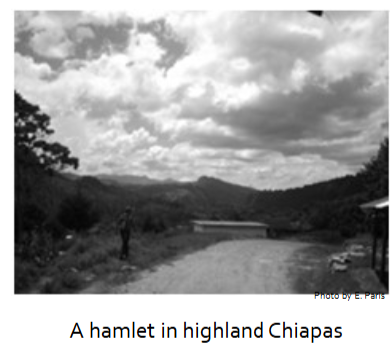
Caciques
• Many members of the Indigenous nobility retained some rank and privileges, as long as they cooperated with the Spanish
“Caciques”
Fray (Bishop) Bartolome de las Casas
• Originally from Seville, Spain; may have studied in Salamanca
• In 1502, joined the expedition of Nicolás de Ovando; became an encomendero and slave owner on Hispanola (DR).
Ordained as a priest in 1510.
• In 1513, participated in the conquest of Cuba, and participated in atrocities and massacres committed against the Indigenous people; was awarded an encominda.
• In 1514, he became convinced that the actions of the Spanish were illegal and injust; he gave up his slaves and encomienda
• Returned to Spain to pleed with King Ferdinand to end the encomienda system; however Ferdinand died.
• In 1516, Las Casas wrote "Memorial de Remedios para Las Indias" as a written testimony of Spanish abuses.
As a result, Las Casas was granted the title “Protector of the Indians” and a job reporting to the Spanish governors on Indian issues, testify in court cases, and send reports back to Spain.
• Became a Dominican friar in 1523 in Hispanola
• Opposed Franciscan methods of mass conversion and baptism— conversion must be voluntary and based in faith
• In 1542, presented an updated account of Spanish atrocities to Emperor Charles, published in 1552 as "Brevísima relación de la destrucción de las Indias“
Led to the New Laws, abolishing the encomienda system and making Indigenous people ad tribute-paying subjects.
• Appointed Bishop of Chiapas in 1545; however, he became so unpopular that he left for Spain in 1546 and never returned
Continued to advocate for Indigenous people in the Spanish court.
• His final book, “Historia de las Indias” was finally published in 1875
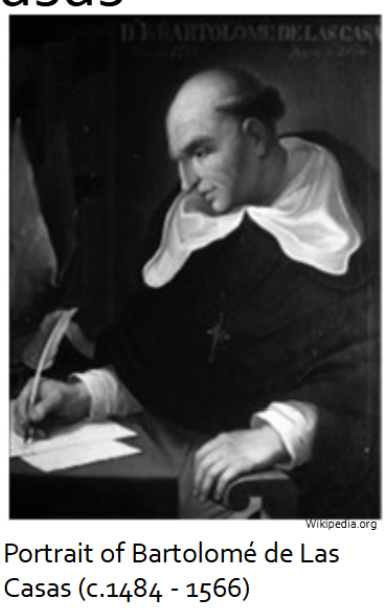
• From the 1530s onward, there was intense competition between the Spanish secular clergy and various monastic orders to convert Indigenous people
• Franciscans were most active in Central Mexico
• Dominicans were most active in Chiapas and Guatemala
• Secular clergy gained control in Yucatan
• Conversions were a source of wealth—churches could demand high-value items and access to Indigenous labor and tribute
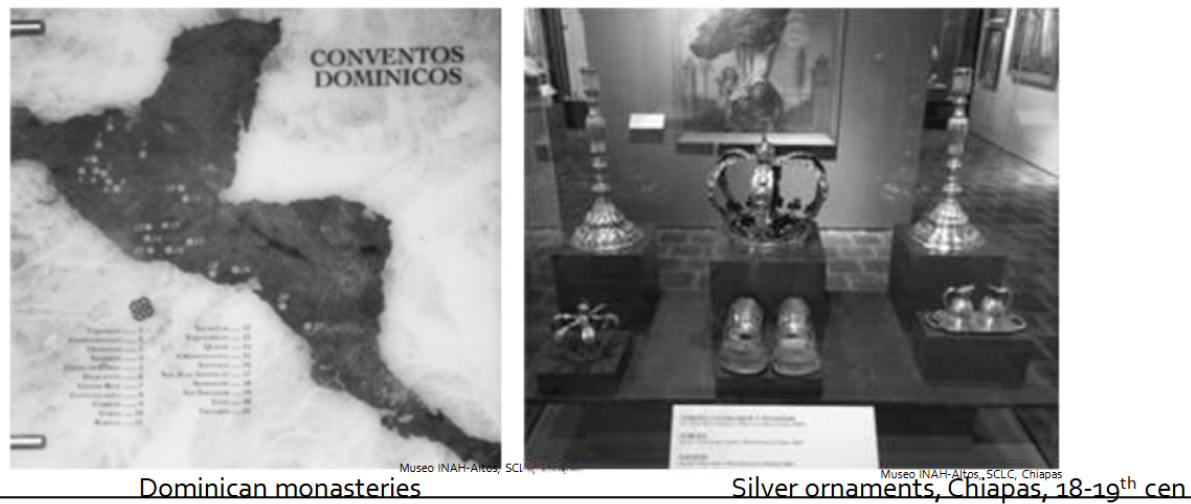
Reducciones policy
• Dominican strategies for evangelization
• Reducciones forced Indigenous people to move to new cities and towns, so that they could go to church and stay under observation
In some cases, populations that had previously been enemies were forced to live together
Visitas (to indigenous towns by clergy)
• Dominican strategies for evangelization
• Visitas were due to a relative scarcity of clergy
Pairs of monks would travel between a number of communities to say mass and administer the sacraments
Demands for alms and free labor
Church and wealth in Chiapas
• Following Las Casas’ departure, Dominican monks accepted the offer of Ciudad Real’s encomenderos to build them a monastery with the labor of 16,000 indigenous Maya
• By 1580, the Church was a major landowner and was deeply involved in the agricultural economy
Sugar plantations
Cattle production
Cochineal
Cotton
Cacao
Indigo
• Church officials also charged fees for particular services and sacraments
Open chapels
• “Open chapels” were constructed expressly for the purpose of converting Indigenous
people, from 1540s-1600s
• Spanish and Indigenous people were not allowed to worship together in some areas
• Open chapels had naves of stone, and traditional thatched roofs
• In the 18th and 19th centuries, many were replaced with stone churches
Diego de Landa
• Franciscan friar, appointed to Izamal, Yucatan in 1549
• Became enraged due to continuation of Indigenous religion
• In 1562, ordered an Inquisition in Mani, during which he burned at least 27 Maya codices
• Ordered interrogation, torture and execution of many Maya people
• Recalled to Spain and forced to justify his actions to the Council of the Indies
• As part of his testimony, he wrote Relación de las cosas de Yucatán, probably with the help of Xiu scribes
• Ironically, this later helped with the decipherment of Maya hieroglyphs
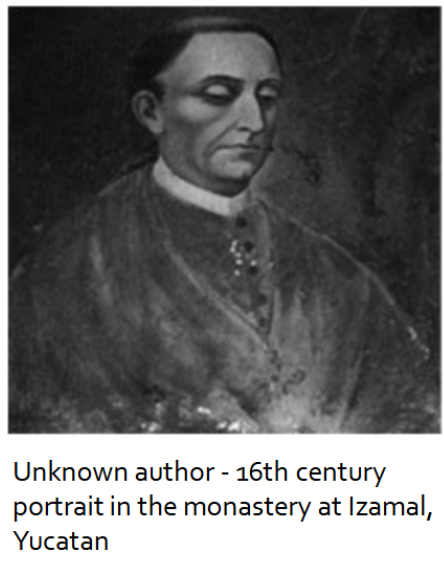
The Inquisition in New Spain
• Inquisition-like proceedings had been carried out in the 1530’s in Yucatan by Bishop Diego de Landa, unofficially
Torture, executions, destruction of religious items
• The Inquisition was officially established in Mexico City 1571
• Officially, Indigenous people were supposed to be exempt (in practice, they were not)
• The Inquisition particularly targeted individuals of mixed-race heritage and enslaved Africans
Women were often accused of witchcraft and tortured and/or burned at the stake
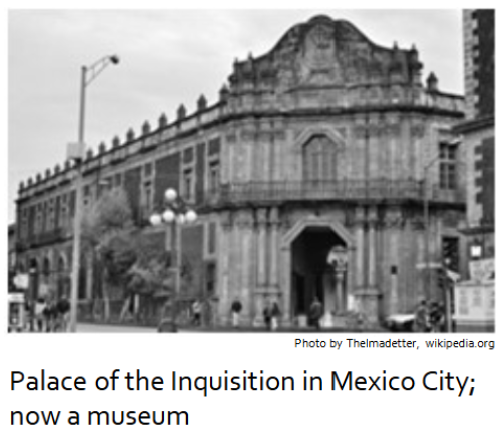
Syncretism of indigenous and Catholic practice
• In some communities, friars supported Indigenous people against encomenderos, so they were welcomed in those cases
• Catholic saints, particularly the Virgin Mary, were fused with the characteristics of Indigenous deities
• Friars encouraged the development of cofradias (fraterneties) dedicated to the celebration of particular saints
• HOWEVER, many Indigenous people focused on the rituals
Many concepts, such as “sin,” did not translate well
• Indigenous people were occasionally “creative” in ways that appalled the friars
Reenactments of the crucifixion involving human sacrifice
Saints and miracles were often the focal point for Indigenous rebellions
In highland Chiapas, Chamula crosses represent the Christian cross, the world tree, and the maize plant
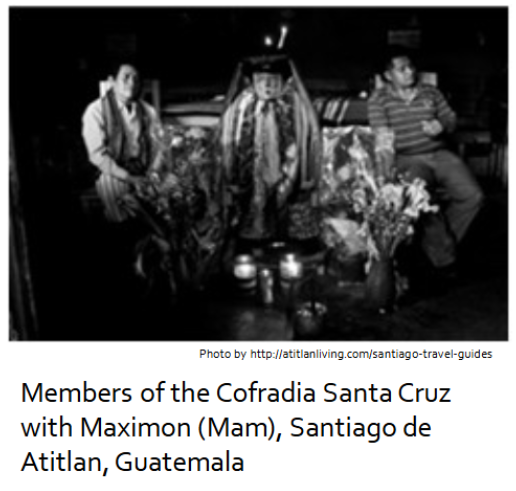
Cofradias
• Friars encouraged the development of cofradias (fraterneties) dedicated to the celebration of particular saints
The Tzeltal Revolt of 1712
• See p. 218-219
• A 13-year old girl from the highland Chiapas claimed to have seen the Virgin Mary
Flogged by the local Dominican priest of Cancuc
• Local people of Cancuc build a chapel
16 local leaders from Cancuc petitioned the Bishop of Chiapas to have a priest bless the chapel—imprisoned.
• Began a rebellion that included people from 20 native towns across highland Chiapas
Call for a new social order, Church valuables
• In 1713, a Spanish-led army from Guatemala suppressed the rebellion
Cancuc
Tzeltal revolt of 1712
• A 13-year old girl from the highland Chiapas claimed to have seen the Virgin Mary
Flogged by the local Dominican priest of Cancuc
• Local people of Cancuc build a chapel
16 local leaders from Cancuc petitioned the Bishop of Chiapas to have a priest bless the chapel imprisoned.
• Began a rebellion that included people from 20 native towns across highland Chiapas
Call for a new social order, Church valuables
• In 1713, a Spanish-led army from Guatemala suppressed the rebellion
British pirates
Pirates of the Caribbean
• Along the east coast of the Yucatan (Quintana Roo and Belize), Spanish presence was less organized due to strong Indigenous resistance
Many small churches were established: Oxtankah, Avila, Tiho, Lamanai
• English pirates would use the sheltered coastline and cayes to hide from, and attack, Spanish ships
• Also harvested significant amounts of palo tinto (logwood) and mahogany
Until 1833, African slaves were used in the logging trade
• British settlements were founded in 1716, but the British government delayed formally recognizing them until 1786, fearing Spanish retaliation
• The country of British Honduras was formally incorporated into the British Empire in 1862
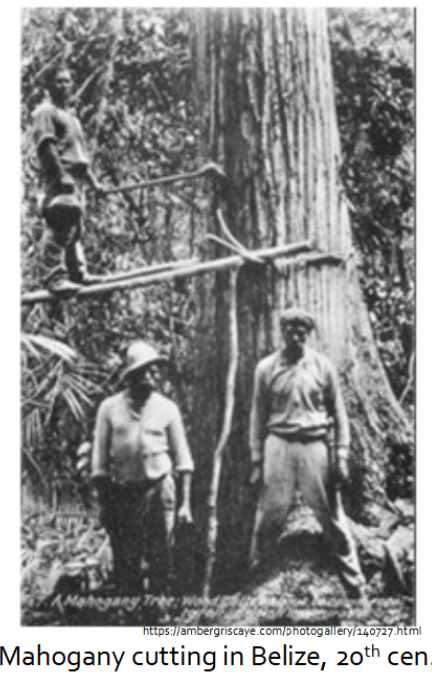
Palo tinto (logwood)
harvested significantly by english pirates
african slaves used in logging trade until 1833